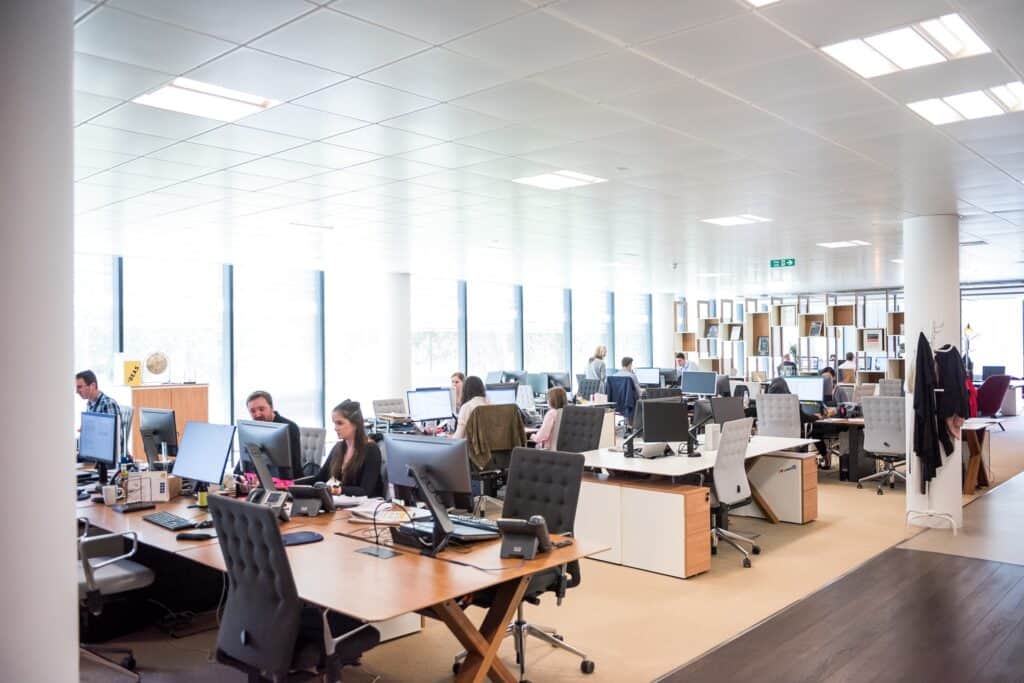Yuck – 5 Surprising Places Germs Can Live in Your Office

5 Surprising Places Germs Can Live in Your Office and How to Reduce the Risk The average workplace is a breeding ground for germs. It’s true– the average person carries about 100 different kinds of bacteria on their body. The only way to stay healthy and prevent the spread of germs is to maintain a […]